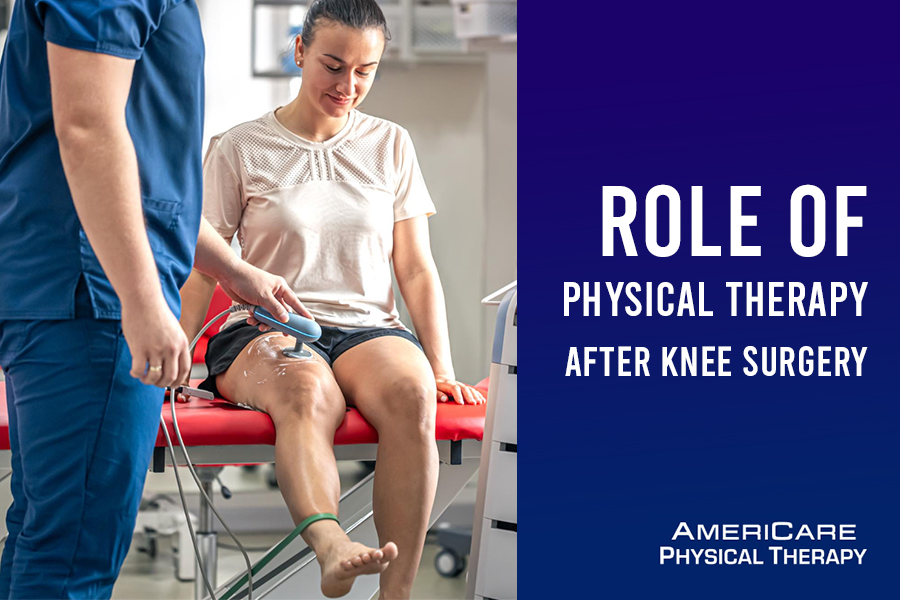
Knee surgery is a common procedure performed to address a variety of orthopedic conditions, ranging from ligament tears to degenerative joint disease. While surgical intervention is crucial for correcting underlying issues, the road to full recovery doesn't end in the operating room. Physical therapy plays a pivotal role in the comprehensive rehabilitation process for knee surgery patients, aiding in pain management, restoring function, and promoting long-term joint health.
After knee surgery, patients often experience pain and swelling. Physical therapists use various modalities such as ice, heat, ultrasound, and manual techniques to alleviate pain and reduce swelling, promoting comfort and facilitating healing.
Knee surgery can lead to stiffness and limited range of motion. Physical therapists employ specific exercises and manual techniques to gradually improve the flexibility of the knee joint, allowing patients to regain full range of motion.
Surgery and immobility can cause muscle weakness around the knee joint. Physical therapists design customized exercise programs to strengthen the muscles surrounding the knee, including the quadriceps, hamstrings, and calf muscles. Strengthening these muscles not only enhances stability but also supports the knee joint during functional activities.
Knee surgery can affect proprioception, the body's ability to sense its position in space. Physical therapists incorporate balance exercises and proprioceptive training to enhance proprioception and improve overall balance, reducing the risk of falls and instability.
Physical therapists focus on restoring functional abilities necessary for daily activities such as walking, climbing stairs, and getting in and out of chairs. They use a variety of exercises and activities tailored to each patient's specific needs and functional goals.
Physical therapists educate patients about proper body mechanics, postural alignment, and techniques to protect the knee joint during daily activities. They also prescribe a home exercise program to complement in-clinic therapy, promoting continuity of care and ongoing progress between sessions.
Physical therapy aims to prevent complications such as joint stiffness, muscle weakness, and abnormal gait patterns that can arise after knee surgery. By addressing these issues early on, physical therapists help optimize the recovery process and minimize the risk of long-term complications.
Overall, Physical therapy is an integral component of the multidisciplinary approach to the rehabilitation of knee surgery patients. By addressing pain, restoring function, and promoting optimal recovery, physical therapists play a vital role in helping patients regain independence, improve quality of life, and achieve long-term joint health and mobility. Through personalized care, education, and support, physical therapy empowers individuals to navigate the challenges of recovery and embrace an active and fulfilling lifestyle post-surgery.